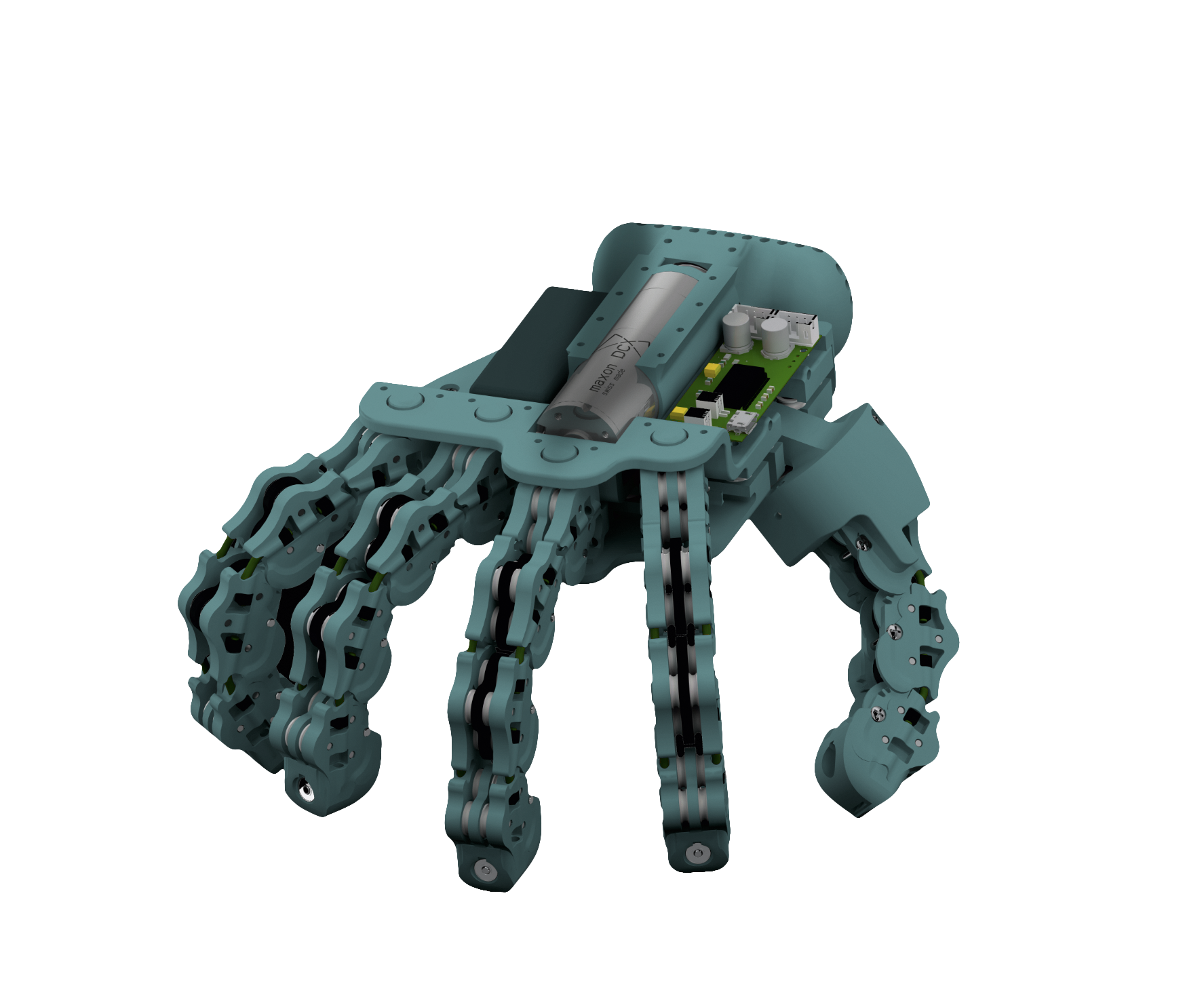Consortium
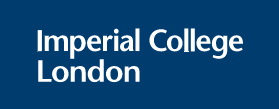
Bioengineering – Imperial College London
Our London based bioengineering group has pioneered man-machine interfacing based on decoding spiking activity of large samples of spinal motor neurons in vivo with clinical translation. Heading this group is Prof. Dario Farina, who is internationally recognized for contributions to biosignal processing, electrophysiology, and neural control of movement.
Within the Natural BionicS framework, Prof. Farina’s group will develop computational methods to decode motor commands from neural information extracted from muscles with multiple reinnervations through targeted muscle reinnervation surgery (TMR). Additionally this team will work on the development of the bio-hub. For this the group will leverage on previous experience gathered in developing high-density electrodes for invasive muscle recordings and stimulation.

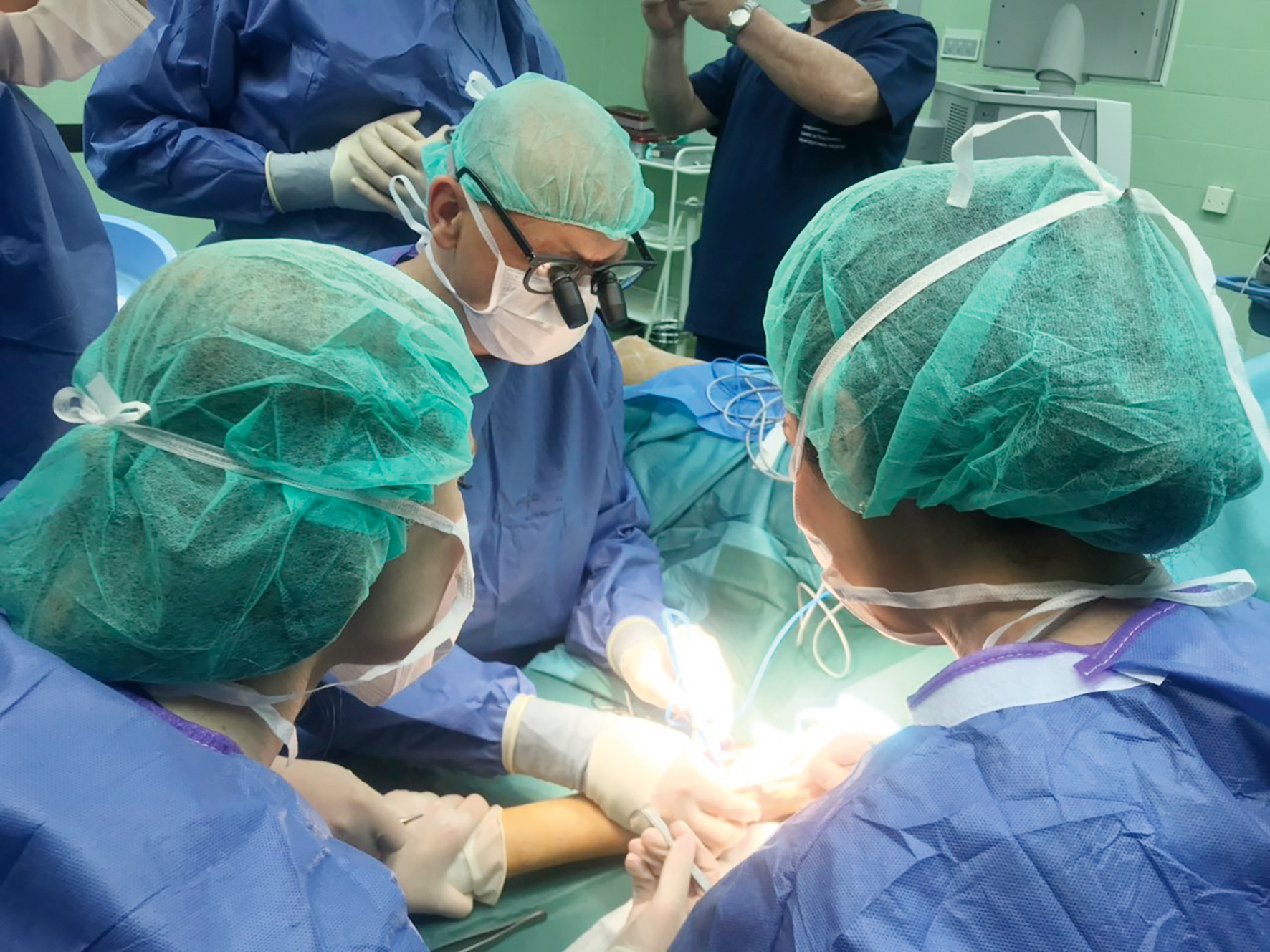
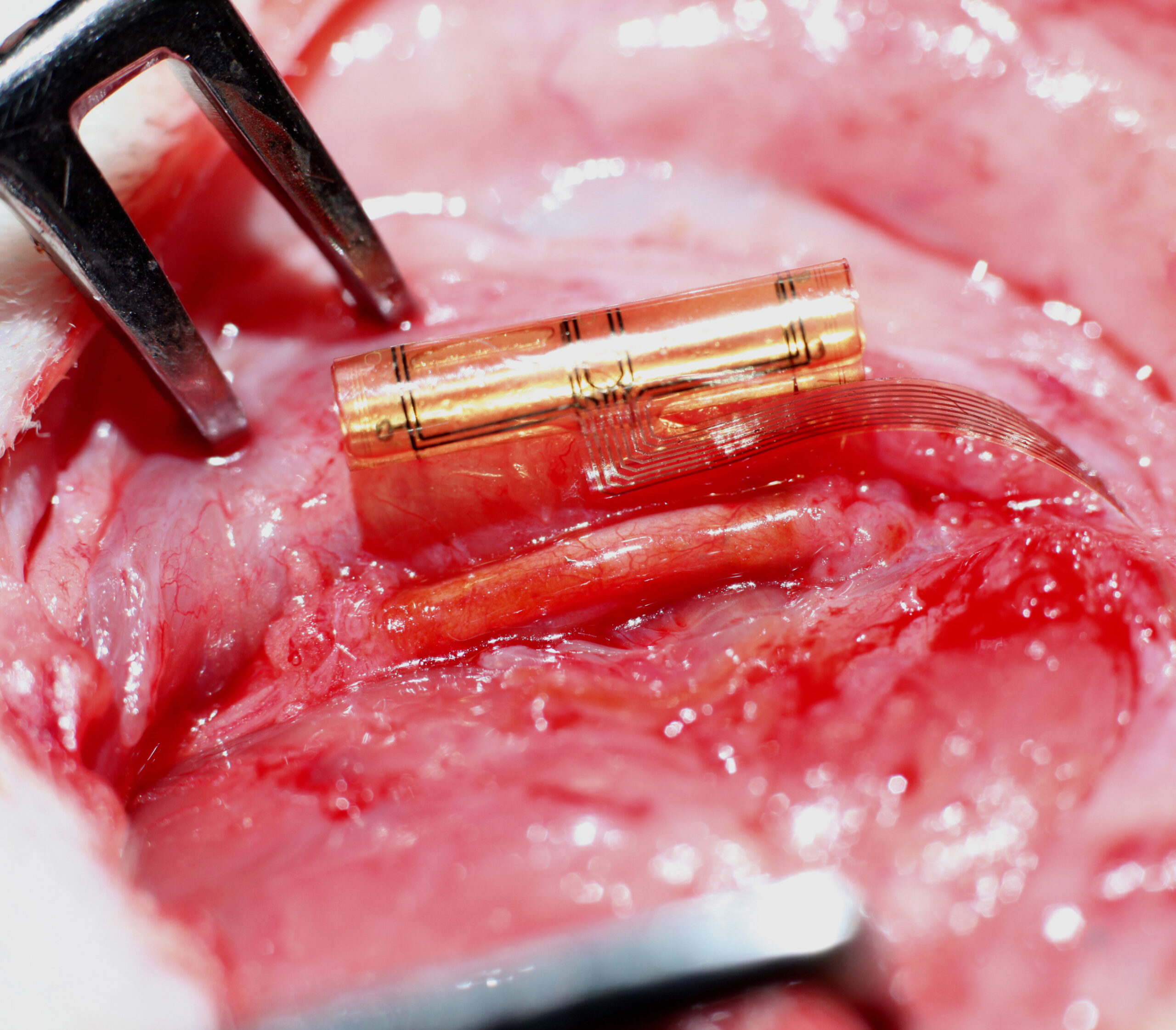

Surgery – Medical University of Vienna
The surgical components of our project are provided by an expert team of medical professionals based at the Medical University of Vienna (Austria). This group is headed by Prof. Oskar C. Aszmann, himself an internationally renowned pioneer in the fields of peripheral nerve surgery and bionic extremity reconstruction. Prof. Aszmann’s team will focus on the physiological and surgical requirements in creating workable man-machine interfaces for Natural BionicS. This involves the physical and psychological vetting of patients who have suffered severe injuries to their limbs or peripheral nervous system and a long-term loss of extremity function and may be eligible for bionic reconstruction. A specialised team of surgeons will then employ cutting edge procedures to provide new myosignals from the residual limb, using techniques such as Targeted Muscle Reinnervation (TMR) to essentially turn muscles into bio-amplifiers for neural signals which can then be used to drive a prosthetic device.
With our novel concept of the bio-hub, these procedures should also allow us to induce feedback sensations from the prosthesis into the central nervous system along peripheral neural pathways. Another area of focus will be the creation of osseointegrated fittings, whereby external mechatronic prosthetic components can very simply and securely be fastened to the skeletal frame and connected to various implanted components within the neuromuscular system in a “click-and-play” manner. Furthermore our Viennese team will also provide basic research and testing of implantable electronic components in animal and human models.
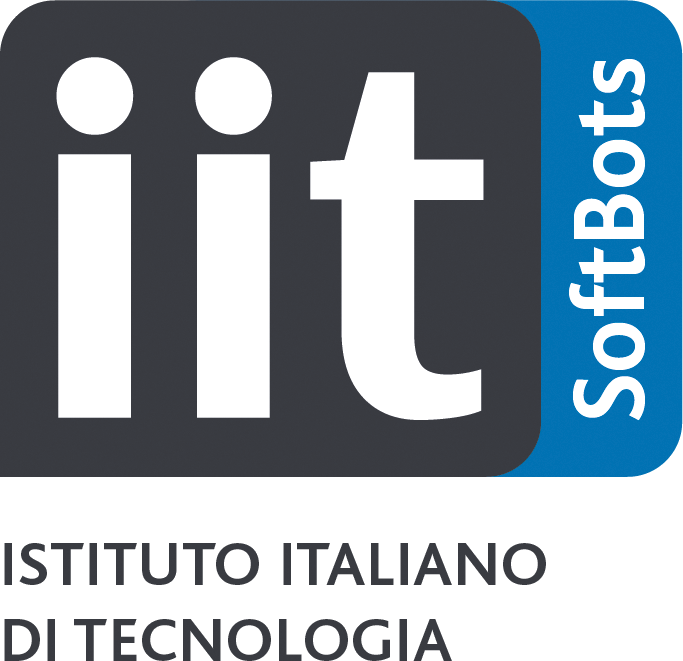
Robotics – Italian Institute of Technology
Our Italian based robotic group has pioneered the field of artificial systems for manipulation and haptics, and the use of soft robotics technologies to build dextrous yet simple and resilient prostheses. Exploiting concepts from human motor control, the group introduced in prosthetics absolute novelties such as synergistic actuation and joint stiffness modulation.
Heading this group is Prof. Antonio Bicchi, who is internationally recognized for his contribution in soft robotics for cooperation and rehabilitation and more generally for the design of intelligent machines. Within the Natural BionicS project, Prof. Bicchi’s group will develop soft robotic arms and legs that will embed kinematic synergies, variable stiffness joints and tactile and proprioceptive functions to match and restore the sensorymotor image of the missing limbs. It is the aim of this group to create artificial systems that suit the user’s capabilities and needs through adaptability, and can be perceived and commanded as part of user’s body to reinforce the embodiment and control intuitiveness.
